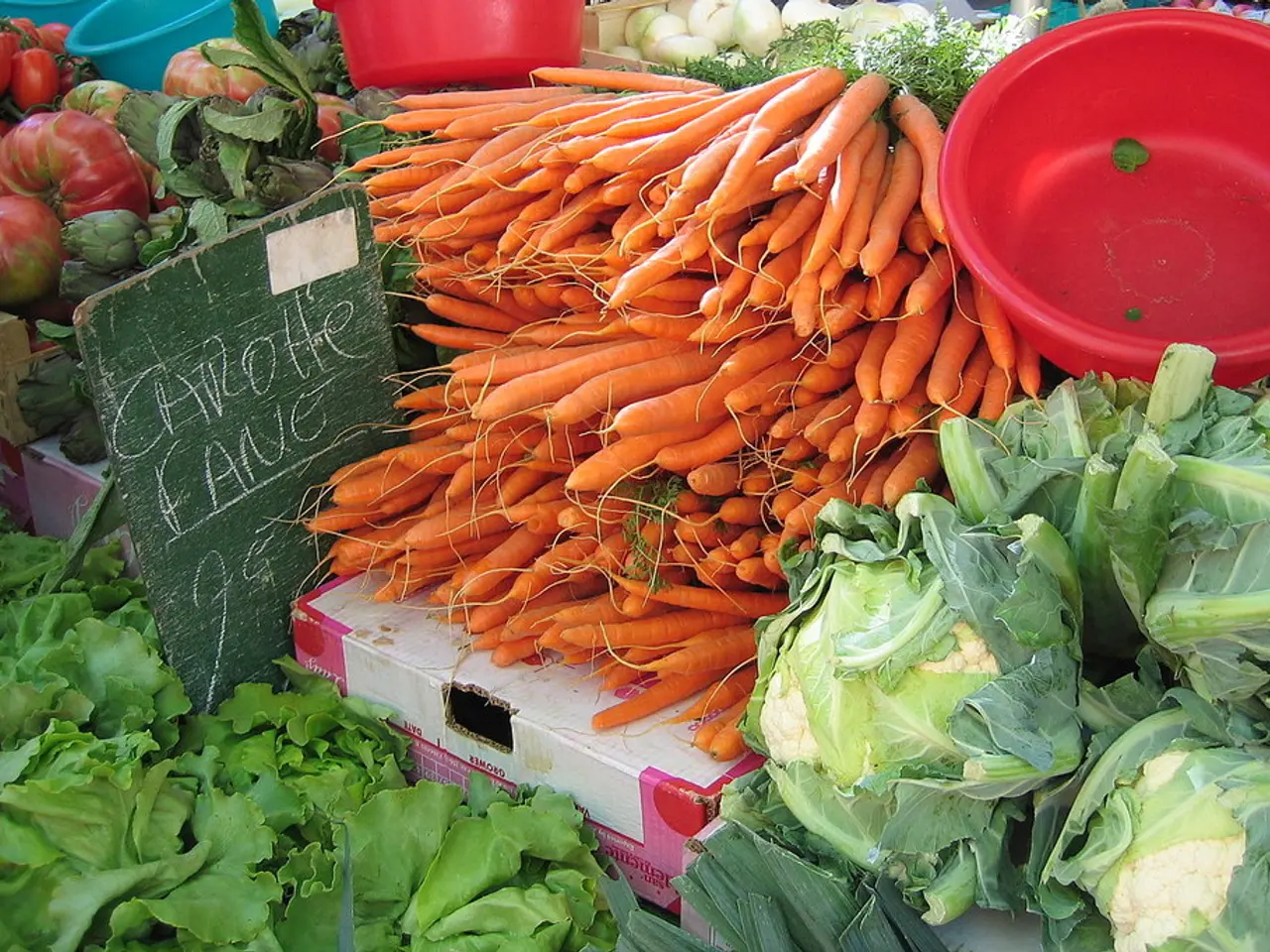Transformed Garden Secrets: 15 Genius Techniques for Every Budding Horticulturist
In the realm of gardening, creativity and sustainability often go hand in hand. Here are some ingenious tips for growing seedlings, keeping pests at bay, and reducing weeds, all while making use of common household items.
Starting seedlings indoors can be an economical alternative to buying fancy seed-starting kits or pots. Paper egg cartons serve as perfect seedling pots, especially when filled with potting soil, planted with seeds, and placed in a sunny spot. As the seedlings grow, they can be transplanted directly into the ground, making it easier to transport and reduce transplant shock.
Repurposing old items can also help keep garden pests at bay. Using crushed eggshells, coffee grounds, or beer traps can deter slugs and snails, which are not fond of moving over sharp or gritty surfaces. Eggshells enrich the soil with calcium, while coffee grounds neutralize alkaline soil. Baking soda can also be used to keep slugs away and protect plants from fungal spores and diseases, while producing sweeter fruits and vegetables.
For those with a green thumb, it's essential to know the proper way to dig holes for new plants. The right approach is to go wider, not deeper, to allow the plant's root system to extend horizontally and vertically. Burying new plants too deeply could kill them.
Cardboard boxes offer a low-cost, eco-friendly solution for reducing weeds in raised beds or flower beds. The process involves clearing the area, laying down flattened cardboard sheets, overlapping the edges, wetting the cardboard, and covering it with soil or mulch. The cardboard will decompose over time, enriching the soil and acting as an organic weed barrier without the need for plastic layers.
Additional tips for using cardboard include using heavy-duty cardboard without glossy or colored ink, avoiding plastic tape, and removing any staples or tape from the cardboard. For raised beds directly on soil, placing cardboard at the bottom can reduce weeds, discourage pests, and help insulate the soil. Cardboard is a permeable option, maintaining better soil drainage and root health underneath.
Other household items can also serve as gardening tools. Kitchen scissors can act as pruning shears, forks as pest repellant, spoons as a mini trowel, and old plastic containers as watering cans. Soaking seeds for 24 hours can speed up germination, especially for big seeds with hard coats. However, seeds should not be soaked for too long to prevent decomposition.
Vegetable scraps like scallions, celery, garlic, Romaine lettuce, carrots, basil, onions, bok choy, etc., can be used to grow new plants. Once the seeds are ready for planting, they can be transplanted into the ground or their egg carton pots.
These creative and eco-friendly gardening tips not only save money but also contribute to a greener and more sustainable lifestyle. Happy gardening!
References: [1] Gardening Know How. (n.d.). Using Cardboard for Weed Control in the Garden. Retrieved from https://www.gardeningknowhow.com/garden-how-to/soil-fertilizers/cardboard-for-weed-control-in-garden.htm [2] Mother Earth News. (n.d.). How to Make a Cardboard Weed Barrier for Your Garden. Retrieved from https://www.motherearthnews.com/organic-gardening/cardboard-weed-barrier-zmaz1603 [3] The Spruce. (n.d.). How to Use Cardboard for Weed Control in Your Garden. Retrieved from https://www.thespruce.com/how-to-use-cardboard-for-weed-control-1808046 [4] The Gardener's Network. (n.d.). Cardboard Weed Barrier. Retrieved from https://www.thegardenersnetwork.com/how-to-cardboard-weed-barrier/ [5] Rodale's Organic Life. (n.d.). How to Use Cardboard as a Weed Barrier in Your Garden. Retrieved from https://www.rodalesorganiclife.com/garden/how-to-use-cardboard-as-a-weed-barrier-in-your-garden
Building a sustainable home-and-garden lifestyle can be achieved by growing seedlings in recycled paper egg cartons and using cardboard boxes as an eco-friendly weed barrier. Starting seedlings indoors using egg cartons and transplanting them directly into the ground helps reduce transplant shock, while cardboard cardboard decked in garden beds enriches the soil and acts as an organic weed barrier. These simple yet effective tricks save money and contribute to a more sustainable lifestyle.




